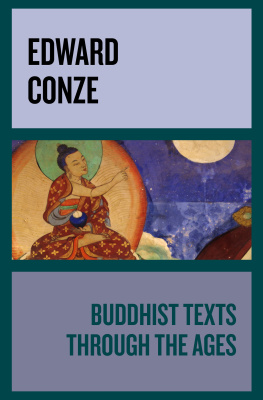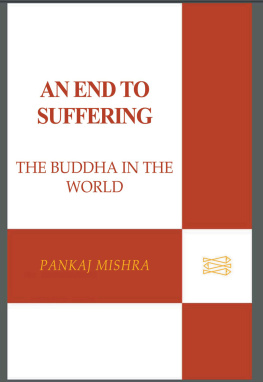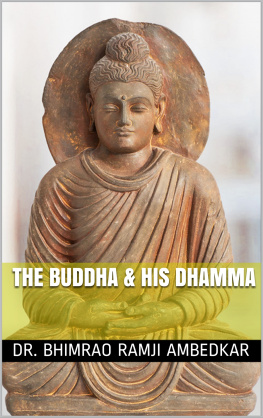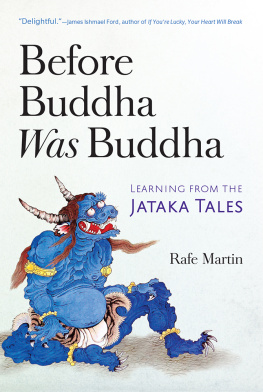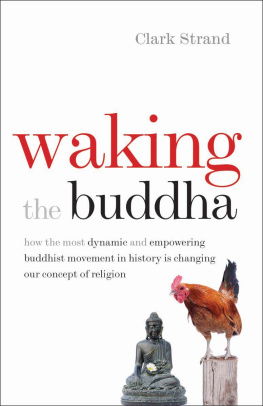10. Attaining the Sotpanna Stage via Removing Ditthasava
July 30, 2015 : I have re-written the two posts #10 and #11 (previously titled, 10. Magga Phala and Ariya Jhnas via Cultivation of Saptha Bojjanga and 11. How to Select and Grow Meditation Procedures for Magga Phala) that were originally written some time back with different titles. Over the past two months, I have been able to clarify some subtle issues in both my own experience and also in the technical details. Revised August 5, 2017.
First the order of things: samadhi, magga phala , and then Ariya jhnas in that order; see, .
Thus jhnas ( Ariya or anariya ) are not necessary to attain the Sotpanna stage; see the posts in the section for details on this and many other aspects.
1. First, it would be very difficult to get to even a state of samadhi if one is not keeping up at least the conventional five precepts: abstaining from killing, stealing, sexual misconduct, lying, and using drugs or getting intoxicated. Those things make the mind restless, and makes it hard for the mind to focus attention (the five hindrances cover the mind). It should also be noted that just strictly obeying the five precepts may not be effective if ones mind is full of jealousy, extreme greed, hate, etc.; see, .
Just like one cannot see the bottom of a well if it is highly contaminated, the mind (and the body) will not feel anything even in a formal meditation session if the mind is highly contaminated. And there is no point in trying to take out the small defilements (such as abstaining from taking a glass of wine) if one is engaged in immoral activities.
When the big defilements are removed, one starts seeing a little bit further down the well; similarly, ones mind will become lighter, with less stress, even when not in a formal meditation session. When one sits down in a quiet place, it will become easier to get to some kind of samadhi , or tranquility.
The Buddha said that kusala sila leads to tranquility of the body and mind, which in turn leads to samadhi . The kusala sila accomplished via gaining Samm Ditthi (to some extent) is all that is needed to attain the upacara samadhi needed for the Sotpanna magga/phala . All three sanyojana that are removed at the Sotpanna stage ( sathkaya ditthi, vicikicca, silabbata paramasa ) are associated with wrong vision or ditthi .
2. Many people have the idea that one needs to get to samadhi using a separate meditation technique such as the conventional breath meditation. Even though one could do that, it would be a waste of time. One can get to samadhi just by listening or reading attentively to CORRECT dhamma.
There is not even a single reference in the Tipitaka , where the Buddha asked anyone to do a samatha bhvan first and then to vipassana bhvan . When one comprehends Dhamma, ones mind get calm and through that samatha state, one can get to magga phala .
After attaining the Sotpanna stage, one can get to Ariya jhnas by focusing on that state of cooling down that one has already attained to some extent, to get to jhnas .
One really needs formal meditation techniques to attain higher magga phala , i.e., above the Sotpanna stage; the reason will become clear shortly. However, it is fine to do formal meditation even to attain the Sotpanna stage. In the following, I will describe what I actually went through.
3. To get to samadhi , contemplating on Dhamma concepts will make it easier and faster. Also, one will be able to stay in meditation for a longer time. This is called by different names: insight meditation ( vipassana ), many forms of anupassana , and cultivating the dhamma vicaya sabbojjanga . Concomitantly, one needs to do the correct version of npnasati at all times.
In principle, working towards the Sotpanna stage does not require any formal meditation techniques even though meditation can help ; there have been countless people who attained the Sotpanna or even higher stages of Nibbna just by listening to a Dhamma discourse.
It is quite important to understand this point. Many people have one or more of the following misconceptions about reaching the Sotpanna stage: (i) one needs to give up all worldly possessions, (ii) one needs to become a bhikkhu or live in seclusion, (iii) one needs to do various types of meditation techniques.
In order to clarify this issue, let us examine what is actually involved in attaining the Sotpanna stage.
4. Nibbna is reached via removal of savas ( savakkhaya ); see, .
Out of the four savas that we have, only one is removed at the Sotpanna stage: dittasava or the craving for wrong worldviews . In the Sabbasava Sutta , this is referred to as removal by clear vision ( dassanena pahathabba , where dassanena is vision and pahathabba is removal).
The other three savas of kamasava (craving for sense pleasures), bhavasava (craving to live somewhere in the 31 realms of this world), and avijjasava (ignorance of anicca, dukkha, anatt ) are removed in the higher stages of Nibbna; see the above post.
5. The key point is that one does apayagami apunnabhisankhara (or strong immoral deeds that makes one eligible to be born in the lower four realms) only when one has wrong worldviews. Contrary to most peoples beliefs, one does not need to lose craving for sense pleasures to attain the Sotpanna stage. Kamasava is reduced in stages in the Sotpanna and Sakadgm stages and is removed only at the Angm stage.
This is why learning dhamma concepts and getting rid of ditthis or wrong views is key in attaining the Sotpanna stage, as I emphasized in several posts; if you enter ditthi in the Search box on the top right, you will see many relevant posts.
We all have many ditthis . These can be removed only via learning the true nature of this world, i.e., by learning Dhamma.
One meaning of Sotpanna ( sota + pa ) is one who has cultivated wisdom by listening to Dhamma; in the days of the Buddha that was how one learned Dhamma, by listening.
6. Even before meeting my teacher Thero , I had been thinking about dhamma concepts for 3-4 years and had been trying to get a consistent picture in my mind. Even at that time, I could easily get to samadhi because my mind was totally focused.
When I got stuck trying to figure out what a certain concept means in relation to others, I would look through books and also listen to desanas (discourses) on the internet. It is at this stage that I realized that most of the explanations did not make sense, and of course were not consistent with other key concepts.
To give an example, I had a hard time in explaining the rebirth stories by so many children. If being born human is so difficult as explained in many suttas (see, ), then how can all those children remember their recent past lives? Furthermore, there were gaps from the time they died in the previous life to the time they were born in this life.
Once I met my teacher Thero , I was able to clarify that issue along with numerous others: Birth is different from human bhava ; see, . Thus rebirth in the human realm does not happen instantaneously; one could in the gandhabba state for years before a suitable womb is found. And one can be born in the human realm many times before the kammic energy for that human bhava is exhausted.
7. However, I was able to get to samadhi even before many of these issues were resolved. I was making steady progress with the concepts I could grasp. I would sit at the desk and contemplate and I could feel my body getting lighter and mind becoming calm. I realized that it was better than just wasting time doing the breath meditation.
If I sat in a quiet place and meditated (contemplated about a Dhamma concept), my mind would latch on to it and I could get to possibly an anariya jhnic experience. That started about a year before I learned the true meanings of anicca, dukkha, anatt .



